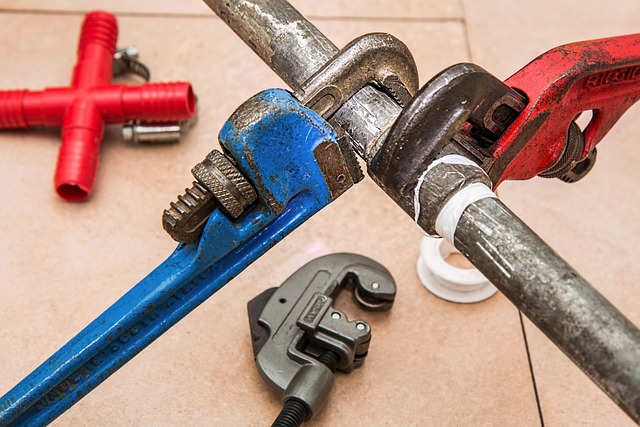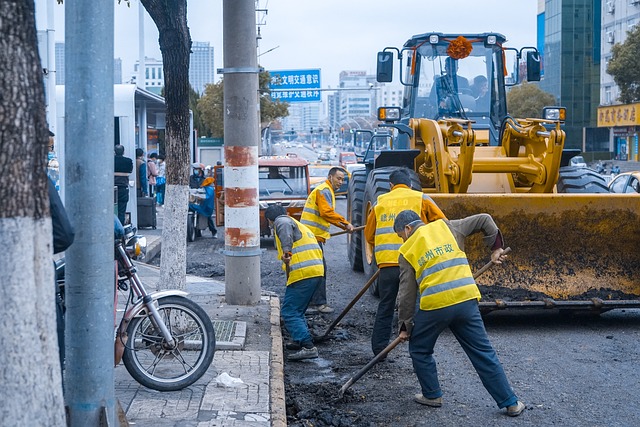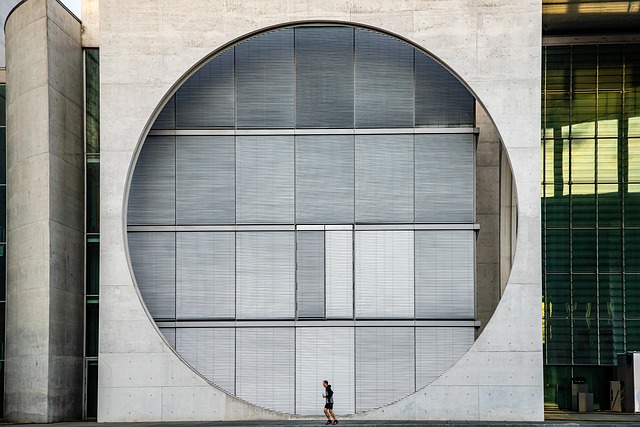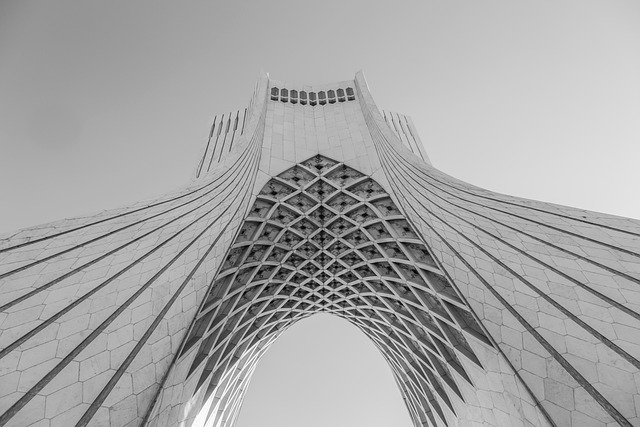Concrete foundations face issues like cracks, settlement, heaving, and bowing walls due to environmental factors and structural stress. Early identification of these signs is crucial for effective concrete repair using specialized techniques. Regular foundation inspections are vital to catch problems early, such as wall or floor cracks, uneven flooring, or sticky doors/windows. Non-invasive methods like polymer injections and carbon fiber reinforcement offer eco-friendly and cost-effective solutions. Advanced technologies like smart sensors and fiber-reinforced composites enable precise monitoring and structural stabilization. A proactive strategy combining regular inspections, drainage, moisture control, and soil compaction is key to long-term foundation stability, reducing the need for costly concrete repair.
Foundation stabilization is a critical aspect of structural integrity, ensuring buildings remain safe and secure over time. This comprehensive guide delves into the intricacies of concrete repair, addressing common issues like heave and settlement. We explore identifying subtle signs of foundation damage and outline non-invasive repair techniques for effective concrete restoration. From traditional to advanced technologies, we provide insights into modern stabilization methods. Additionally, learn about long-term maintenance strategies to prevent future foundation problems, all focused on optimizing your concrete repair efforts.
Understanding Concrete Foundation Issues

Concrete foundations, while sturdy, can develop issues over time due to various environmental factors and structural stress. Identifying these problems early is crucial for effective concrete repair. Common foundation issues include cracks, settlement, heaving, and bowing walls. Cracks, whether hairline or larger, can signal structural damage caused by ground movement, poor initial construction, or shifting water tables. Settlement occurs when the soil beneath the foundation compacts, leading to uneven floors and gaps in joints. Heaving is the opposite, as expansive soils swell and push against the foundation, causing cracks and potential misalignments. Recognizing these signs is the first step towards addressing and stabilising the foundation through specialized concrete repair techniques.
Identifying Signs of Foundation Damage

Foundation damage can often go unnoticed until it becomes a serious issue, making regular inspections crucial for maintaining structural integrity. Signs of distress may include visible cracks in walls or floors, uneven flooring surfaces, doors and windows that stick or do not close properly, and slanted or leaning walls. These symptoms could indicate various problems such as settlement, heave, or lateral movement caused by soil shifts or improper construction.
Timely intervention is key to preventing further deterioration. If you notice any of these indicators, it may be time to consider concrete repair methods suitable for your foundation type. Professional assessment and expert advice are recommended to determine the best course of action for stabilizing and repairing your home’s foundation.
Non-Invasive Concrete Repair Techniques

Non-invasive concrete repair techniques are gaining popularity as eco-friendly and cost-effective solutions for damaged structures. Unlike traditional methods that often involve extensive excavation and replacement, these innovative approaches prioritize minimizing disruption to the existing foundation. One such technique uses advanced polymer injections to fill cracks and strengthen weak points without breaking ground. This method not only restores structural integrity but also prevents further deterioration by sealing out moisture and corrosive elements.
Another promising approach is carbon fiber reinforcement, where lightweight and strong fibers are woven into the concrete to enhance its compressive strength and flexibility. This technique is particularly effective in repairing beams, columns, and walls, extending the life of these critical components without the need for aggressive demolition or replacement. By embracing non-invasive repair methods, homeowners and contractors can preserve historical structures, reduce environmental impact, and save significant time and money.
Structural Stabilization Methods

Structural stabilization is a critical aspect of foundation repair, focusing on strengthening and securing the existing structure to ensure long-term stability. There are several methods employed for this purpose, each tailored to specific types of damage or structural issues. One common approach involves the use of concrete repair techniques, such as injecting epoxy or polymeric resins into cracks and voids to fill them and prevent further deterioration. This method not only enhances the structural integrity but also acts as a barrier against moisture intrusion, which is a leading cause of foundation damage.
Another effective strategy is the installation of steel beams, plates, or anchors to brace and support the foundation walls. These reinforcement techniques are particularly useful in cases where the soil bearing capacity is low or there has been significant settlement. By adding structural support, these methods help stabilize the foundation, preventing further shifting or collapsing, and ensuring the safety and longevity of the building.
Advanced Technologies in Foundation Repair

The evolution of foundation stabilization has seen a surge in advanced technologies, transforming the concrete repair landscape. Innovations like smart sensors and fiber-reinforced composites offer precise monitoring and enhanced structural integrity. These technologies allow for early detection of structural issues, enabling proactive measures to prevent further damage.
For instance, smart sensors embedded in foundations can detect minute movements and changes in moisture levels, providing valuable data for engineers. This information facilitates targeted repairs, such as injection molding with polymeric compounds to fill cracks and gaps, ensuring a strong and durable fix. Additionally, fiber-reinforced concrete, incorporating high-tech fibers like carbon or glass, enhances the material’s strength and flexibility, making it ideal for repairing and stabilizing foundations in challenging conditions.
Long-Term Maintenance and Prevention

To ensure long-term foundation stabilization, regular maintenance and proactive prevention are key. Regular inspections are crucial for identifying potential issues early on, allowing for swift action to prevent small problems from escalating into costly concrete repair later. This includes checking for cracks, unevenness, or signs of settling in the foundation walls and floor.
Preventative measures such as proper drainage, moisture control, and maintaining adequate soil compaction around the structure can significantly reduce the risk of foundation damage. By addressing these factors, you create a robust defense against common causes of foundation instability, prolonging the life of your foundation and the overall integrity of your building.
